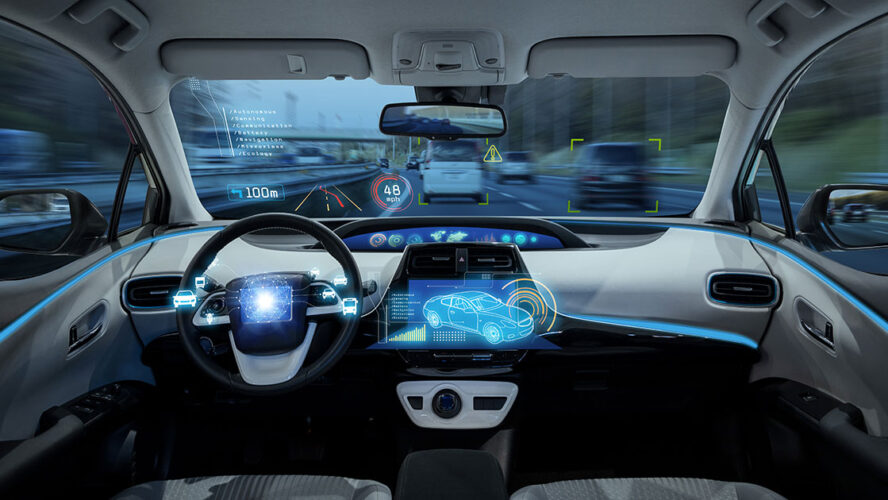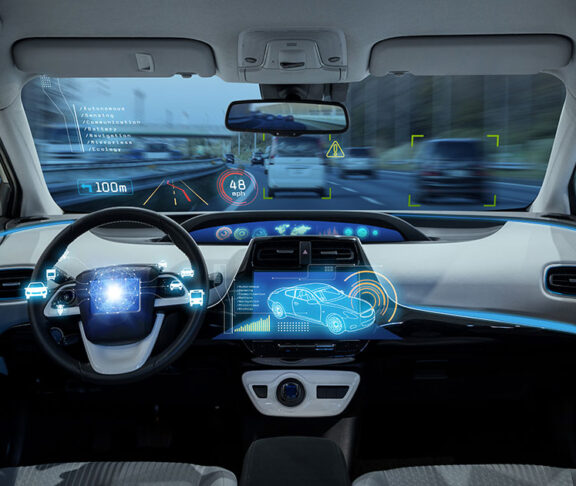Automated vehicle technologies can dramatically improve road safety, but the driver’s role is still critical. Here are some guidelines for using today’s driving technology.

Tara Andringa
Executive Director, Partners for Automated Vehicle Education (PAVE)
Much has changed about the automobile since Karl Benz invented the gasoline-powered car in 1885. What has remained constant for more than a century, however, is the basic model of a human at the steering wheel, in control.
But now, we are entering an era in which technologies with the potential to transform that century-old model are increasingly available. These technologies can help with aspects of driving, such as identifying objects in a driver’s blind spot or automatically braking to avoid a collision. The good news is that these features can dramatically improve road safety and curtail the 40,000 deaths on U.S. roads each year. The challenge, however, is that these sophisticated technologies cause confusion regarding the role of the driver and what aspects the vehicle can control.
Here are some guidelines to help ensure driving technologies improve road safety, while not allowing the vehicle to do more than it is equipped to handle.
For any car purchased today, a human is the driver
This sentence confuses many people. In a few cities, ride-share services like Waymo or Zoox deploy fully autonomous cars, and humans are not needed to operate the car. However, in every car that a consumer can purchase and own today (including Tesla’s Full Self-Driving, GM’s Super Cruise, and Ford’s BlueCruise), an attentive human driver is required behind the wheel. Period. Even if the name is misleading, these are not self-driving cars.
Safety features can dramatically improve road safety
Many drivers turn off safety features because they don’t like the beeping or they find the movement jarring. These safety features can drastically reduce crashes, however. For example, the Insurance Institute for Highway Safety found that rear automatic braking can reduce collisions by up to 80%. In many instances, drivers can adjust the settings of the features to make them less intrusive while still reaping the benefits. Taking advantage of automated safety features could save your life or the life of someone you love.
We need to adopt common-sense naming
Vehicle technologies are made even more confusing by the abundance of auto companies’ proprietary names used to identify safety features, which makes it difficult for consumers to understand and compare them. Partners for Automated Vehicle Education teamed with AAA, Consumer Reports, J.D. Power, the National Safety Council, and SAE International in a campaign called Clearing the Confusion, which established naming conventions for automated technologies that are simple, specific, and based on system functionality. We’d love to see automakers adopt these terms to help consumers understand the benefits — and limitations — of the technologies in their cars.
Our transportation journey from horses to cars has brought us a long way, and we can imagine a not-too-distant future where human drivers are not required. However, until we reach the day when cars everywhere can safely drive themselves, we need to make sure that humans remain attentive behind the wheel — and make use of the life-saving technologies available now.

